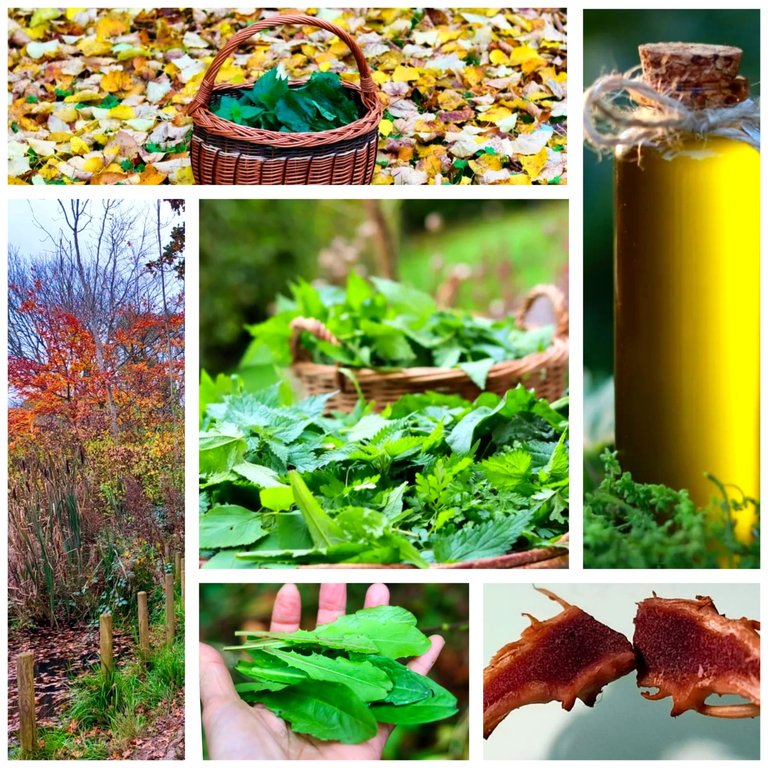
I’d love to share a little forager's secret about picking wild plants that benefit you and the plants themselves.
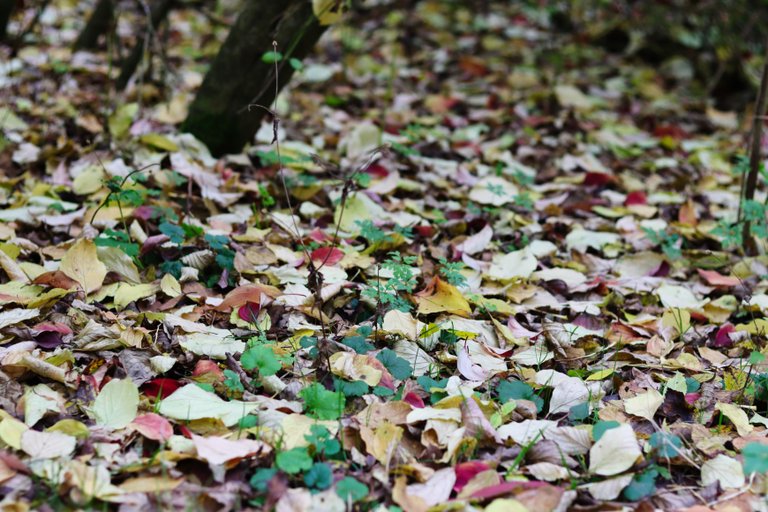
This morning, I headed to the woods. The air felt crisp after the summer heat, and the scent of earth and fallen leaves added to that autumn vibe.
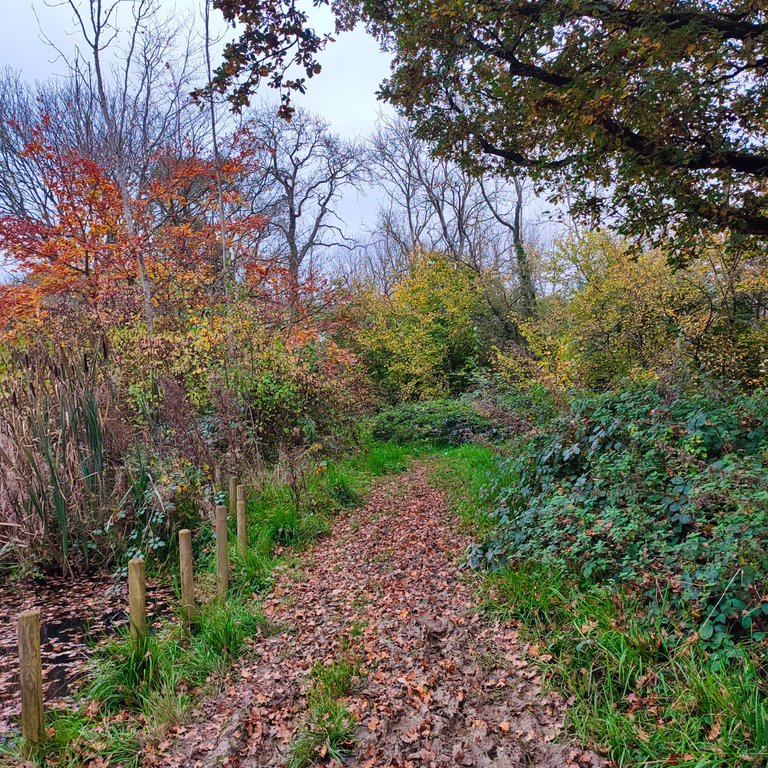
The trees were quieter.
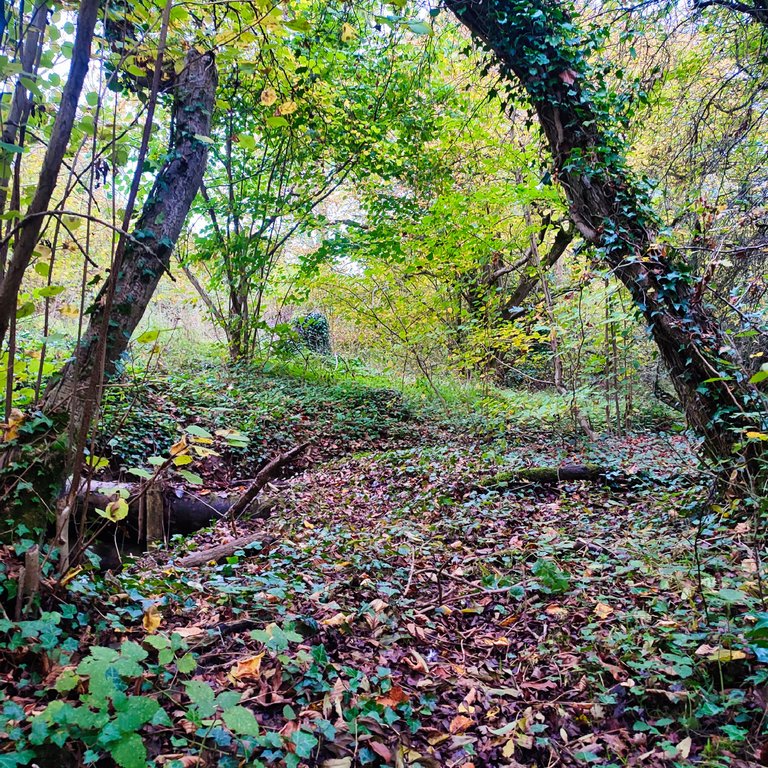
And everything felt calm, like the woods were settling in for the season.
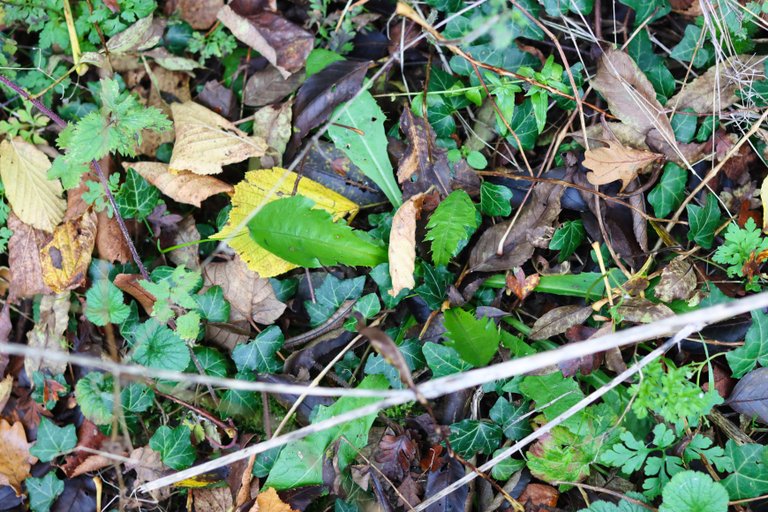
I noticed plenty of green shoots emerging beneath the leaf litter, plants springing back to life in a display I like to call “autumn’s secret spring.”
As autumn sets in, many plants get a second chance to grow; casual foragers aren't aware of this.

Cooler temperatures, shorter days, and autumn rains trigger them to sprout again after summer heat. Some plants have a life cycle that allows them to die in summer and grow new leaves in fall, gathering energy before winter dormancy.
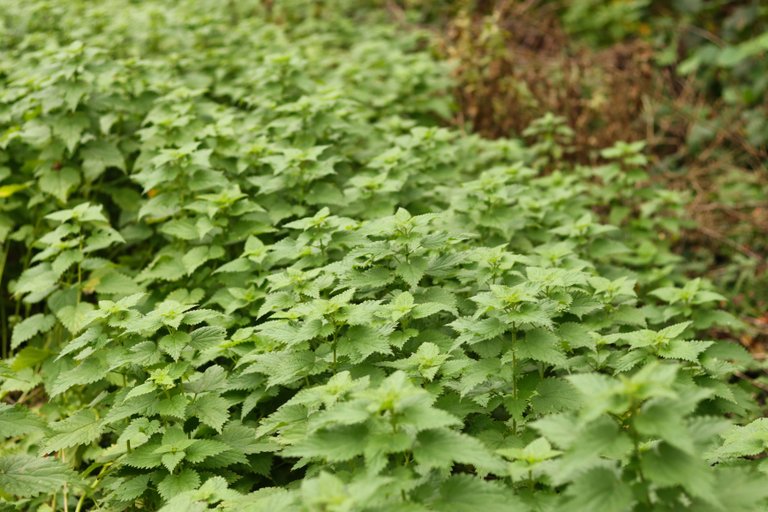
Understanding this regrowth helps me be mindful of what I pick. Harvesting ethically—taking only what I need, avoiding rare plants, and choosing abundant ones—lets me enjoy this "second spring" while maintaining the natural balance. This way, I can meet my needs without harming the plants.
Here’s what I found today: a few weeks ago, they were wilted but have now reappeared!

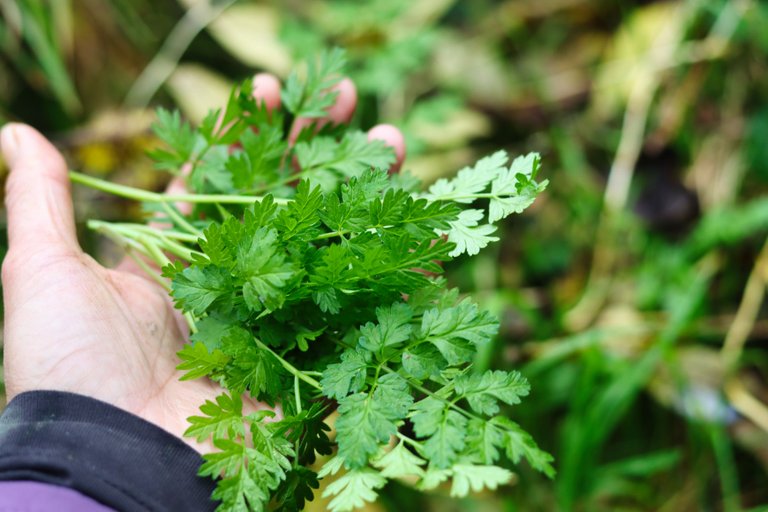
Cow parsley: I missed making the cow parsley soup last spring, so I will make some. Young shoots are ideal and available.
Here's my recipe for Cream of cow parsley soup.
(Be careful when picking umbellifers, as there are similar toxic ones like hemlock. Correct Identification is necessary)
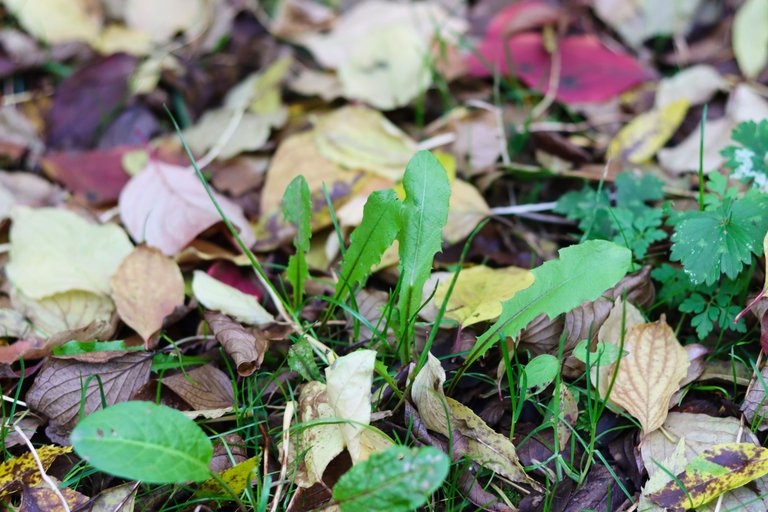
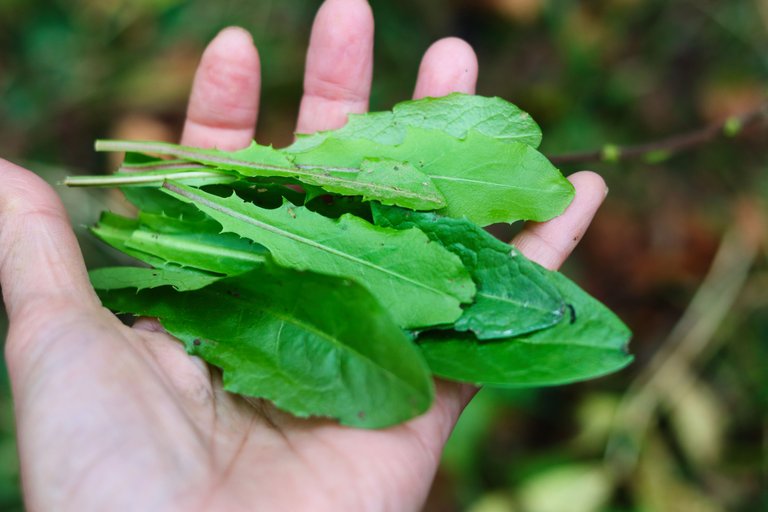
Dandelion leaves and young shoots are great with nuts; their slight bitterness blends well with a drizzle of honey. Dandelion is rich in vitamins A, C, and K, as well as minerals like calcium, iron, and potassium, and it is also very rich in antioxidants.
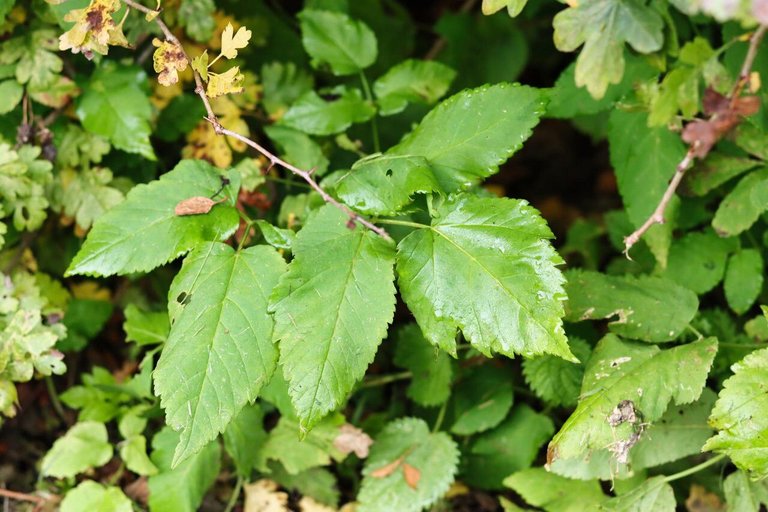
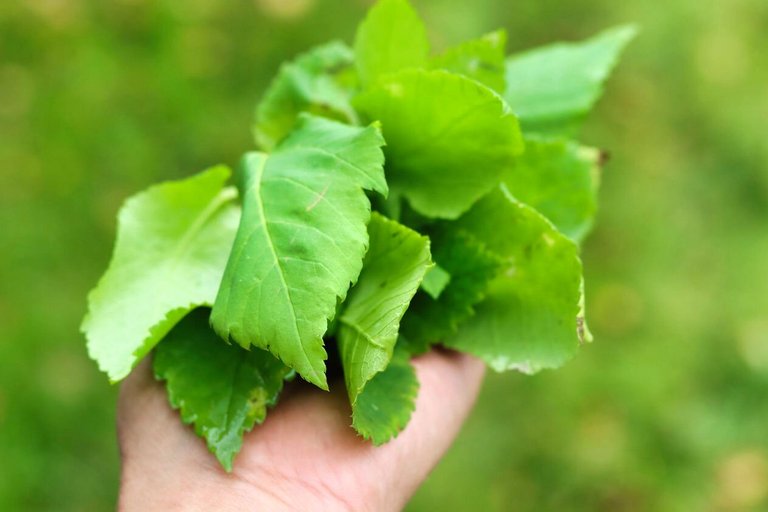
Ground elder, I freeze and dry some for my coconut dishes.
It is rich in nutrients, offers anti-inflammatory and digestive health benefits, acts as a diuretic, and can be used in various cooking, making it a versatile and valuable addition to meals and herbal remedies. Rich in Vitamin A, C, K.
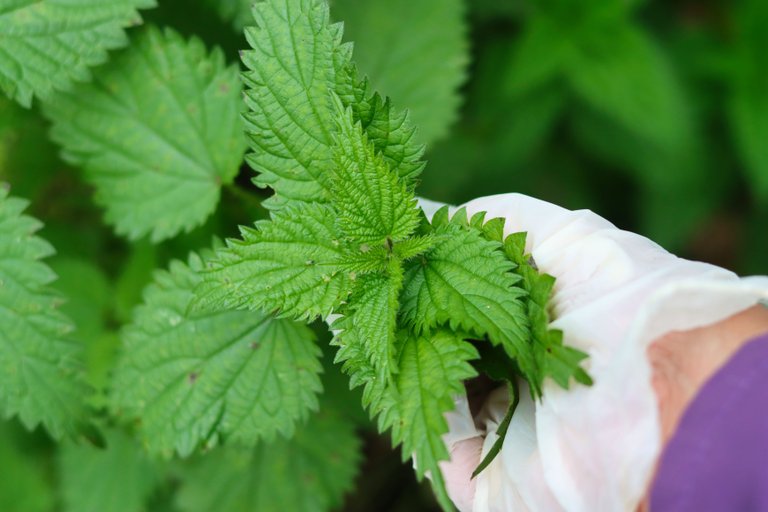

Nettle tops. I use them for everything. Nettles are highly nutritious, packed with vitamins A, C, K, and several B vitamins, as well as minerals like iron and calcium. They are known for their anti-inflammatory properties and versatility in culinary applications, including soups and teas, and as a nutritious green in various dishes.
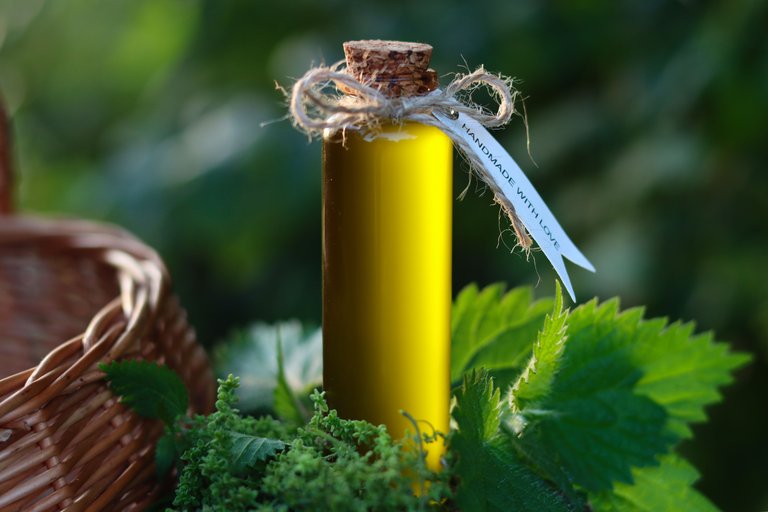
Nettle-infused oil is my one must-have throughout winter. It is excellent for nighttime hair and skin massage and can be used throughout the cold season to nourish dry skin and hair.
Here's my Tips and guide on infusing oil.

Cleavers are great as a detox tea. I will leave a couple more days to grow bigger before harvesting some. Cleavers-Infused Detox Tea for Inner Balance
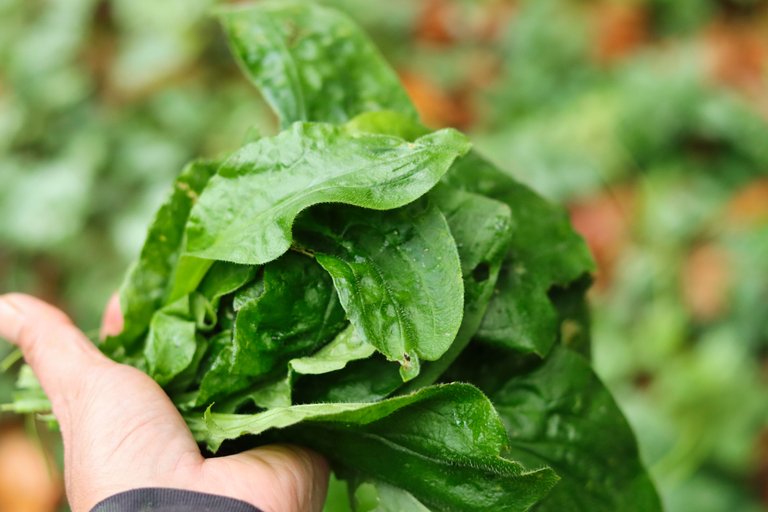
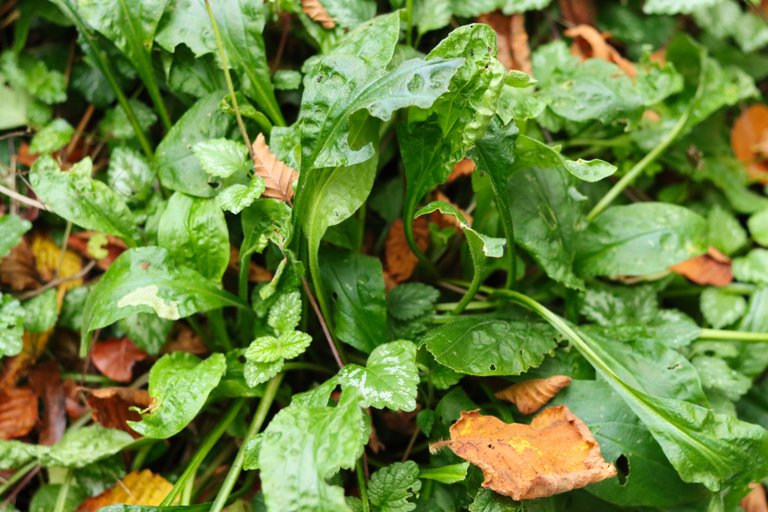
Broadleaf Plantain for tea and cooking and for salves and more.
Broadleaf plantain is rich in vitamins A, C, and K, as well as minerals like calcium and potassium.
Due to its anti-inflammatory and antimicrobial properties, the salve can be applied to minor cuts, burns, insect bites, and skin irritations.
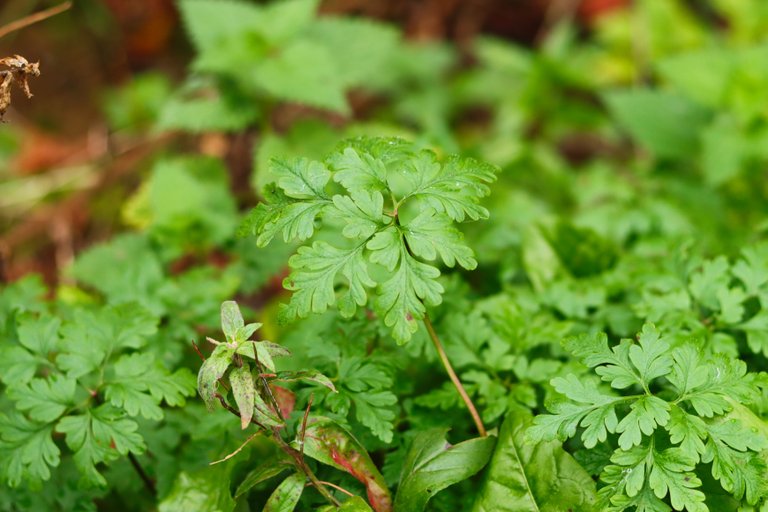
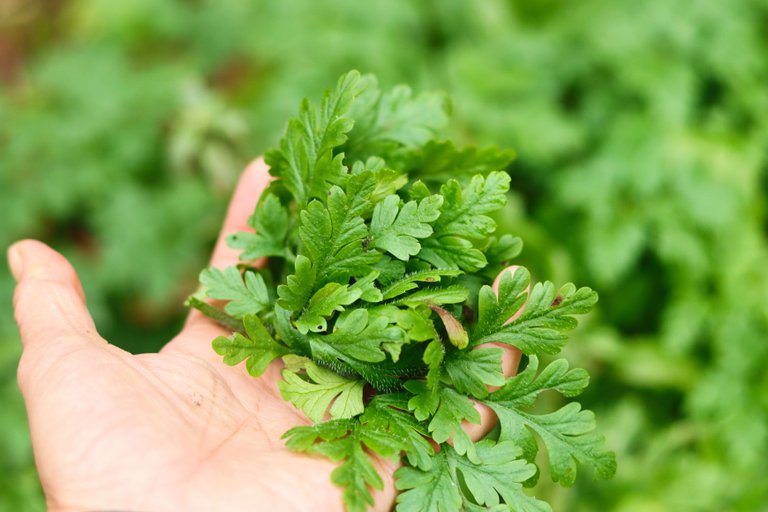
Herb Robert: This doesn't smell nice but contains trace amounts of the mineral germanium, which is believed to enhance oxygen absorption and boost cell function. It's excellent as tea, and a few anecdotal reports say people have been treated for cancer by chopping a teaspoon of dried leaves or six fresh leaves and mixing them with an egg to consume in the morning on an empty stomach. I also use it in my skincare formula.
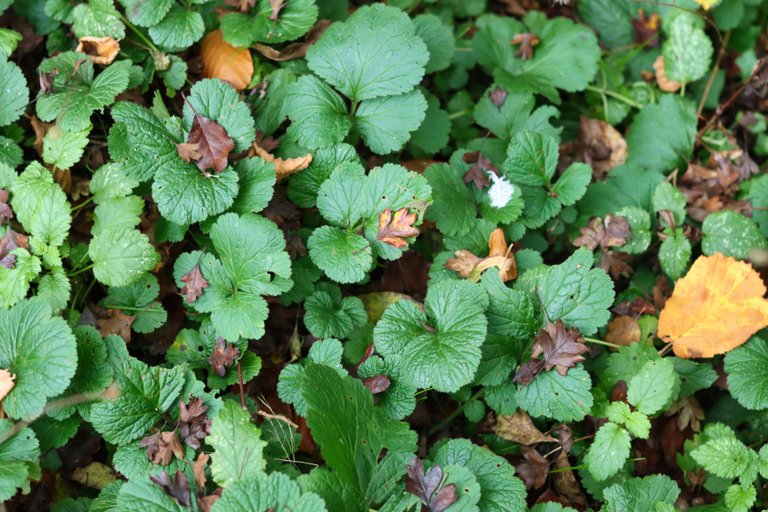
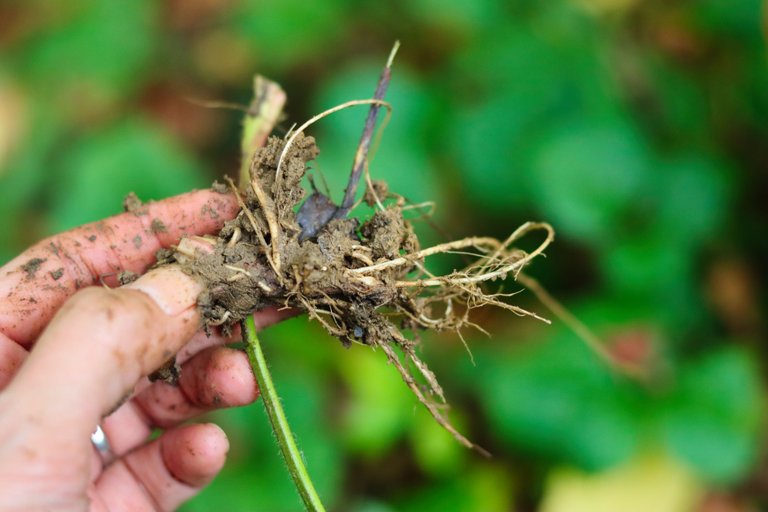
Wood avens (Geum urbanum), also known as herb Bennet, has roots with a spicy, clove-like aroma and taste, making it a unique and aromatic spice option.
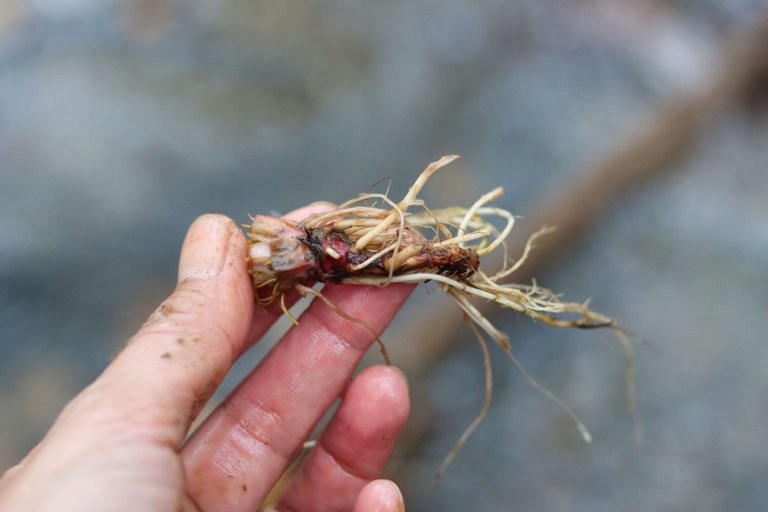
Wood avens root contains eugenol, the same compound that gives cloves their distinct flavour. Its mild sweetness and earthy undertones make it perfect for adding warmth to savoury dishes, mulled wine, desserts, or herbal teas. They are traditionally used for digestive issues and inflammation.
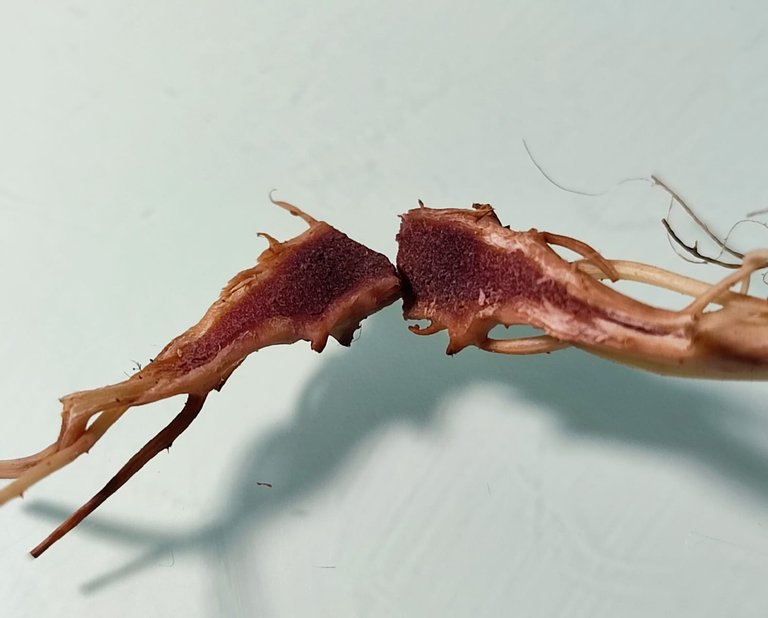
It is best harvested in the autumn to winter after the plant has died. This timing is ideal because the roots have stored energy and flavour from the summer growth.
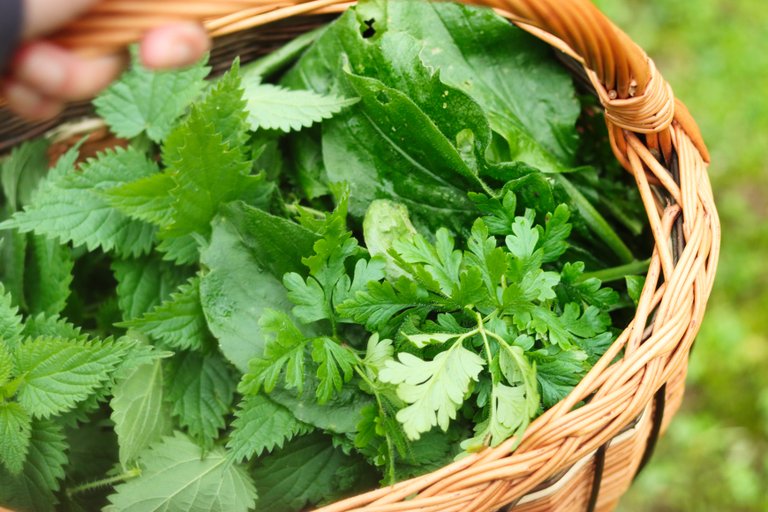
I filled my basket and headed home, grateful for what I gathered.
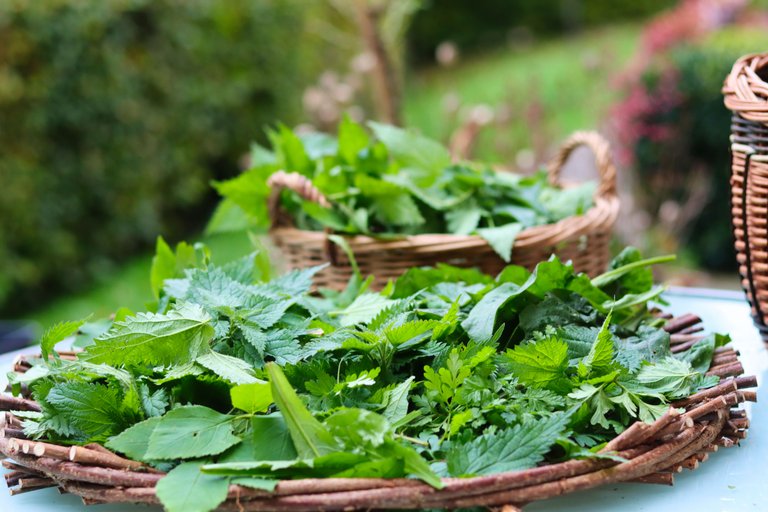
At home, I laid out the fresh greens, setting aside some to dry for tea, others for a salve, and a few for my skincare recipes. I’ll freeze the rest for cooking to enjoy over winter.
I feel satisfied knowing that I am stocked up on what I need.

Enjoy this "autumn secret spring" while you can; as the cold winter sets in, these plants will wither and rest until next year.
Happy picking!
Mariah 😊💚
The rewards earned on this comment will go directly to the people( @theworldaroundme ) sharing the post on Reddit as long as they are registered with @poshtoken. Sign up at https://hiveposh.com. Otherwise, rewards go to the author of the blog post.
I love this. I must admit I do get paranoid about picking something poisonous so rarely pick anything apart from wild garlic!
Thank you, I can understand, but you'll feel comfortable once you learn them one by one. Avoid umbelefers at first. Dandelions, nettles, and plantains are easy to identify.
Yeah dandelions I know as I do nettles
Amazing benefits of both, can't compare to the shop bought ones.
Congratulations @theworldaroundme! You have completed the following achievement on the Hive blockchain And have been rewarded with New badge(s)
Your next target is to reach 3000 upvotes.
You can view your badges on your board and compare yourself to others in the Ranking
If you no longer want to receive notifications, reply to this comment with the word
STOPCheck out our last posts: